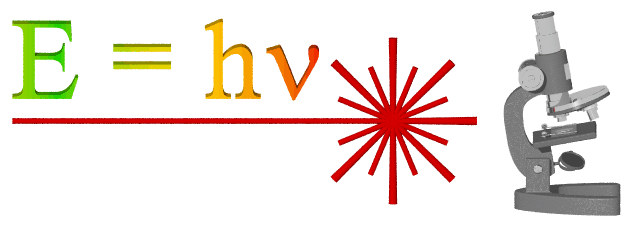Light Microscopy for Biomedical Research
September 24 to 28

| UNC Workshop: Light Microscopy for Biomedical Research September 24 to 28 |
 |
This workshop provides an introduction to the basic concepts of light microscopy and its application to biological research with lectures, hands on sessions and industry involvement. See http://microscopy.unc.edu/notices for more information and application instructions.
To apply please use the form at: http://microscopy.unc.edu/register Preference will be given to participants who will most benefit from the course, rather than order of application. Accepted applicants will be notified promptly.
Tuition and Tuesday dinner: $500. Enquiries: Michael Chua microscopy@unc.edu 843-3268
| Microscopy Facility Workshop - Light Microscopy for Biomedical Research 2007 - Schedule is subject to change - No auditors | ||||
| Monday - Sept 24 9 am to 5 pm | Tuesday - Sept 25 9 am to 5 pm | Wednesday - Sept 26 9am to 5pm | Thursday - Sept 27 9 am to 5 pm | Friday - Sept 28 9 am to 5 pm |
| Intro. - History of Light Microscopy, Modes of imaging, Parts of a Light Microscope | Talk - Fluorescence, why use it, Jablonski diagram, contrast | Talk - Confocal Microscopy | Talk - Advanced confocal, multichannel fluorescence, 2 photon, spinning disk | Talk - 3-D Image Deconvolution, 3-D Visualization |
| Objectives, Kohler illumination, Image formation | Talk - Filters, Immuno labeling, cross talk, live cell imaging | Talk - Confocal II continued | Talk - Digital images, pixel depth, sampling, formats, pitfalls, resolution, Nyquist | Hands on - Image Deconvolution, 3D software tools |
| Hands on - parts of a microscope, care, digital acquisition | Hands on - Fluorescence | Hands on Confocal I - sensitivity, pinhole, filters, averaging, zoom pixel size z-series, time lapse, simult/sequential, Colocalization | Hands on Confocal II - multi-channel, FRAP, Rendering, 3D Hands on - 3D projection | Digital image handling, calibration, contrast, time-lapse |
| Talk - DIC/Phase Contrast - Dr. Ted Salmon | Talk - Detectors: CCD cameras, PMT, noise, color / monochrome, Digital image handling | Fluorescent Biosensors for Living Cells - Dr. Klaus Hahn | 0. Light sources 1. Lasers 2. Fluorescence and FRAP |
Talk - Hands on - movies, scaling compression, resizing, conversion, format for Power Point |